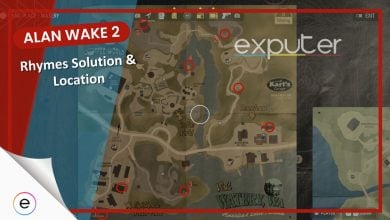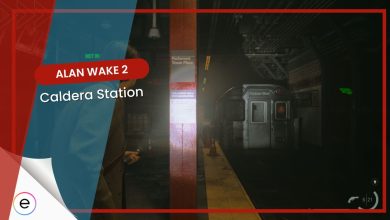Alan Wake 2 for PC has higher system requirements than many other recent games. If you’ve played the game on a PC, you’d know it pushes your computer’s performance to make the game look stunning.
The game offers a lot of settings to adjust the graphics, so if you have a relatively new PC close to meeting the minimum requirements, you can tweak the settings to make the game run smoothly and still look good. Follow our guide to use the best-optimized settings for best performance.
Here are the specifications of the testing rig I’ve used to test Alan Wake 2:
- CPU: Intel i7-11800H
- GPU: Nvidia RTX 3060
- RAM: 16 GB
- Storage: 1TB NVMe SSD
- OS: Windows 11 Pro
You’ll at least need an Intel i5-7600K or AMD equivalent CPU, Nvidia GTX 1070 or a Radeon RX 5600 XT, and 16 GB of RAM to run Alan Wake 2 on your PC.
Below are some of the most taxing settings for Alan Wake 2:
- Post Processing quality
- Volumetric Lighting
- Volumetric Spotlight
- Global Illumination
- Shadow Resolution
- Shadow Detail
- Global Reflections
- Screen Space Reflections
Alan Wake 2 is a demanding game on PC due to its next-gen visuals. On launch, the game’s optimization wasn’t great as I encountered FPS drops with performance averaging at 45 FPS (DLSS set to quality mode). However, due to recent performance passes, the game’s optimization has been improved significantly and you can expect better performance from it.
Alan Wake 2 Best Display Settings
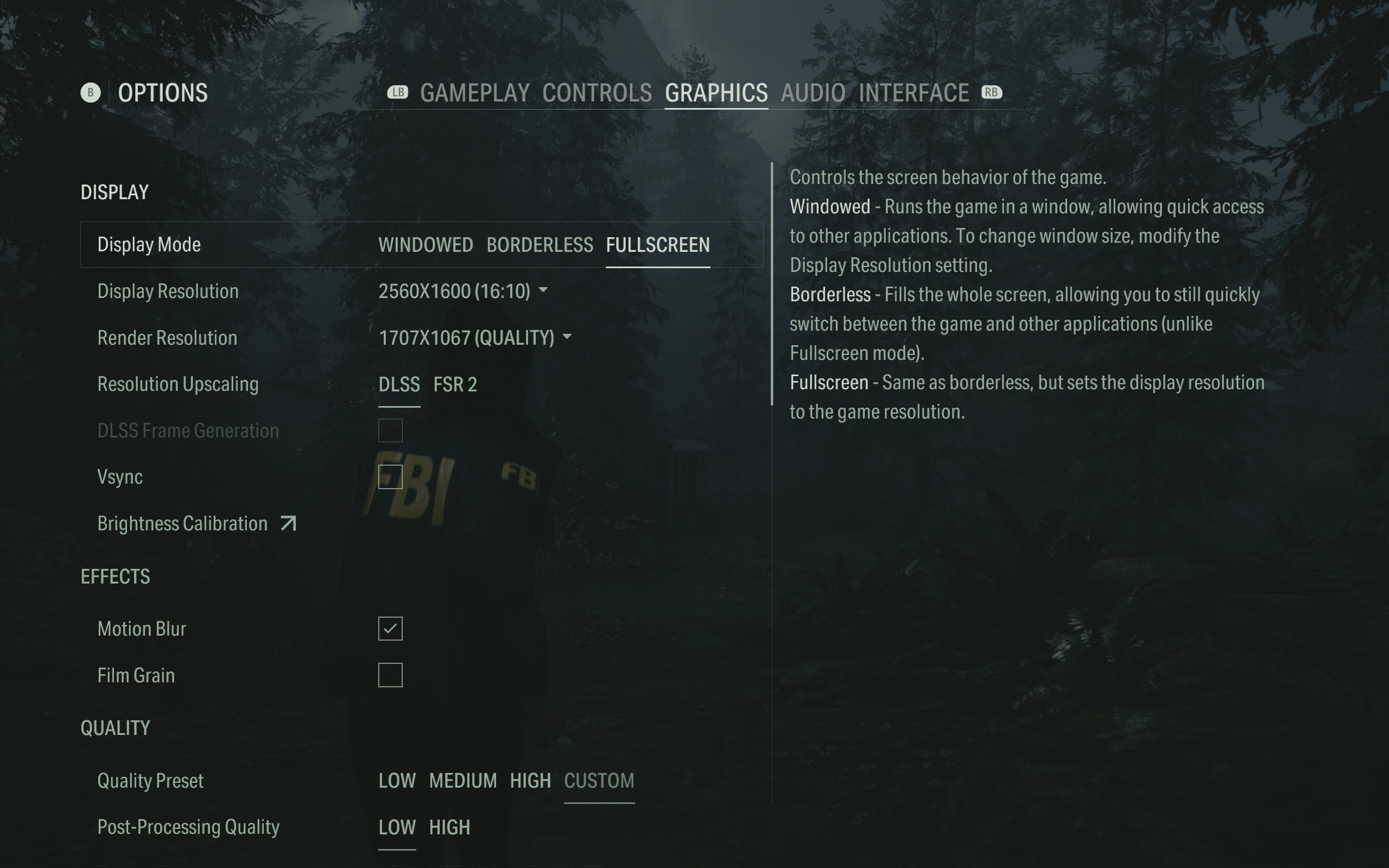
Summary Of AW2 Display Settings
| Display Mode | Fullscreen |
| Display Resolution | Native |
| Render Resolution | Quality |
| Resolution Upscaling | DLSS |
| VSync | Disabled |
Alan Wake 2 Best Graphics Settings
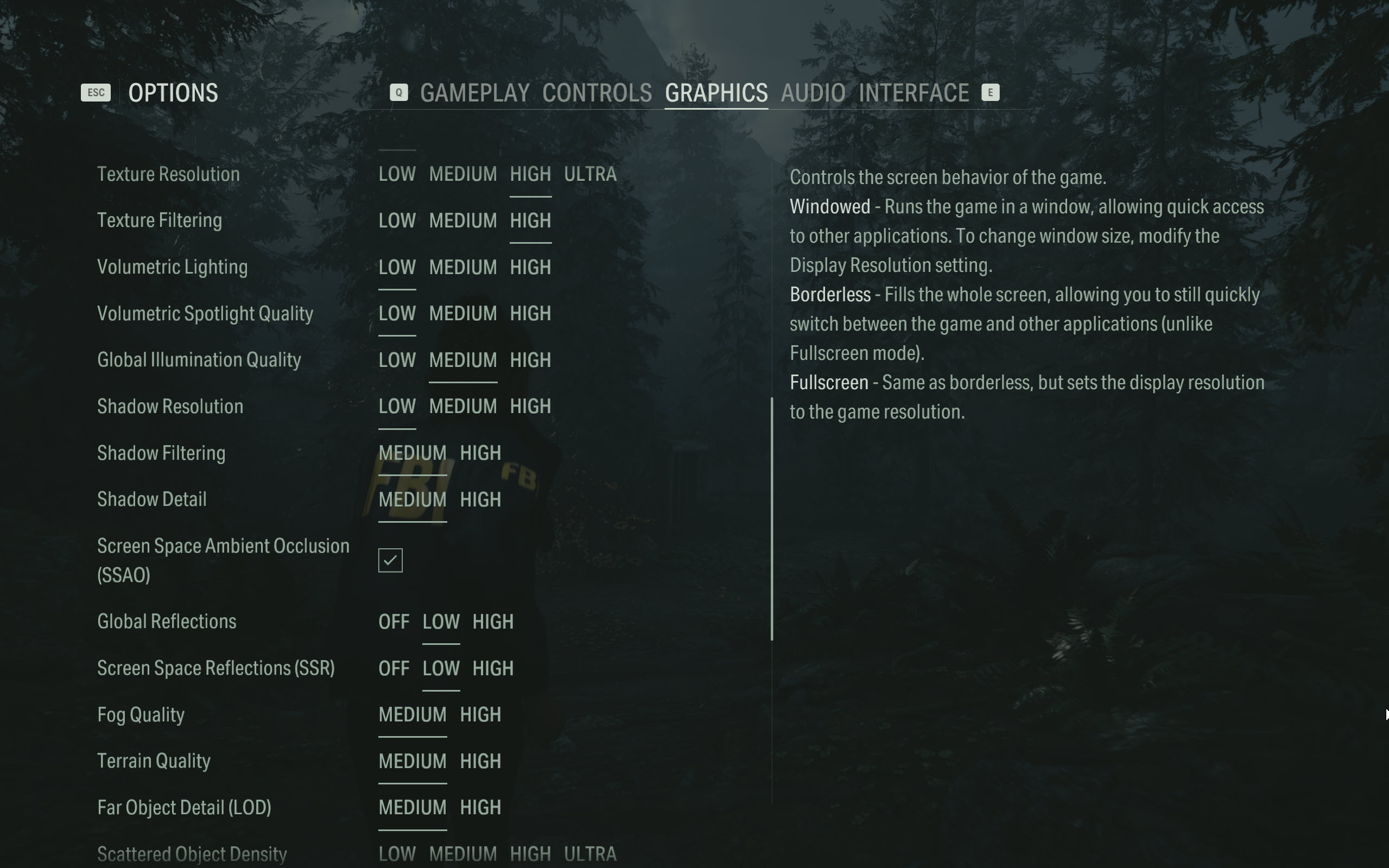
Overview Of AW2 Optimized Graphics Settings
| Post-processing quality | Low |
| Texture Resolution | High |
| Texture Filtering | High |
| Volumetric Lighting | Low |
| Volumetric Spotlight | Low |
| Global Illumination | Medium |
| Shadow Resolution | Low |
| Shadow Filtering | Medium |
| Shadow Detail | Medium |
| Screen Space Ambient Occlusion | Enabled |
| Global Reflections | Low |
| Screen Space Reflections | Low |
| Fog Quality | Medium |
| Terrain Quality | Medium |
| Far Object Detail (LOD) | Medium |
| Scattered Object Density | Medium |
Post-processing quality (Low): By setting post-processing to “Low,” the game’s performance is enhanced without sacrificing too much visual quality, making it comparable to the PlayStation 5’s visuals.
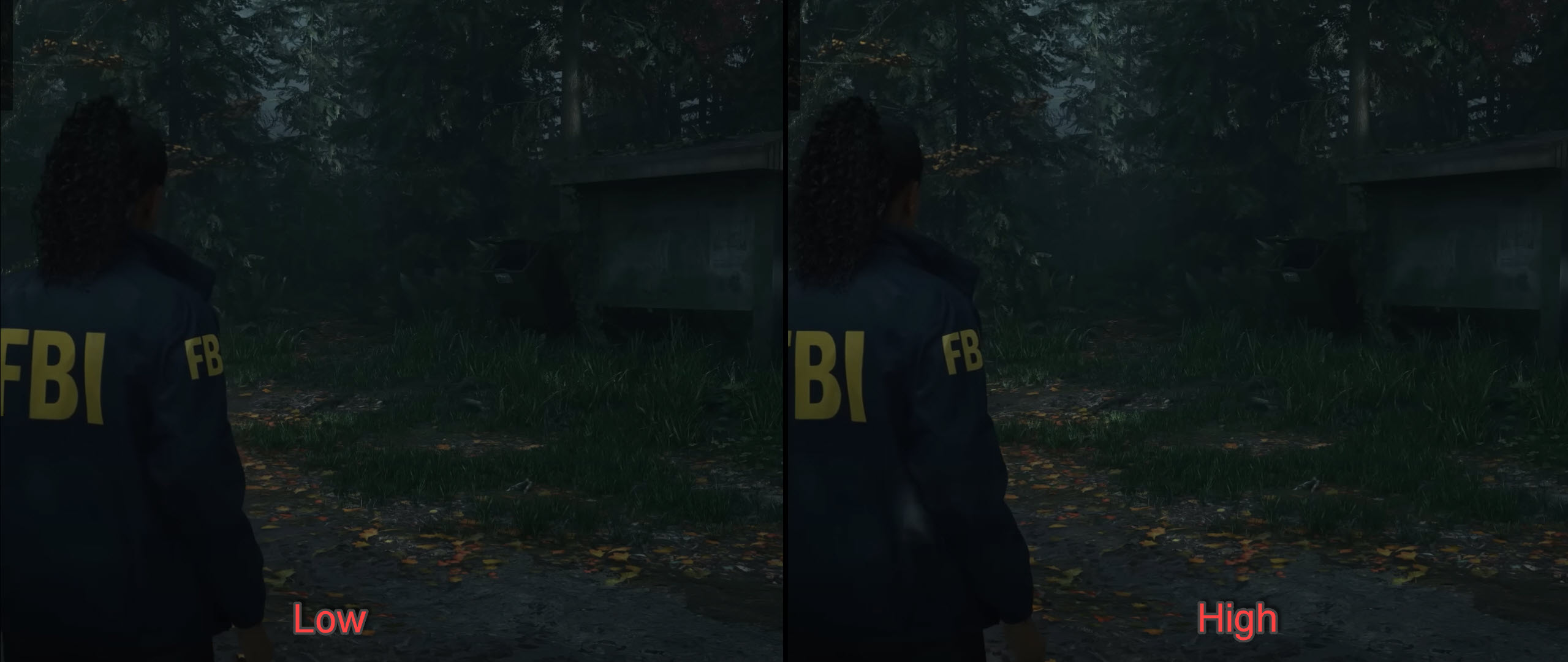
Texture Resolution (High): Higher texture resolution on a PC provides crisper and more detailed textures, surpassing the PS5’s capabilities and offering a more visually immersive experience.
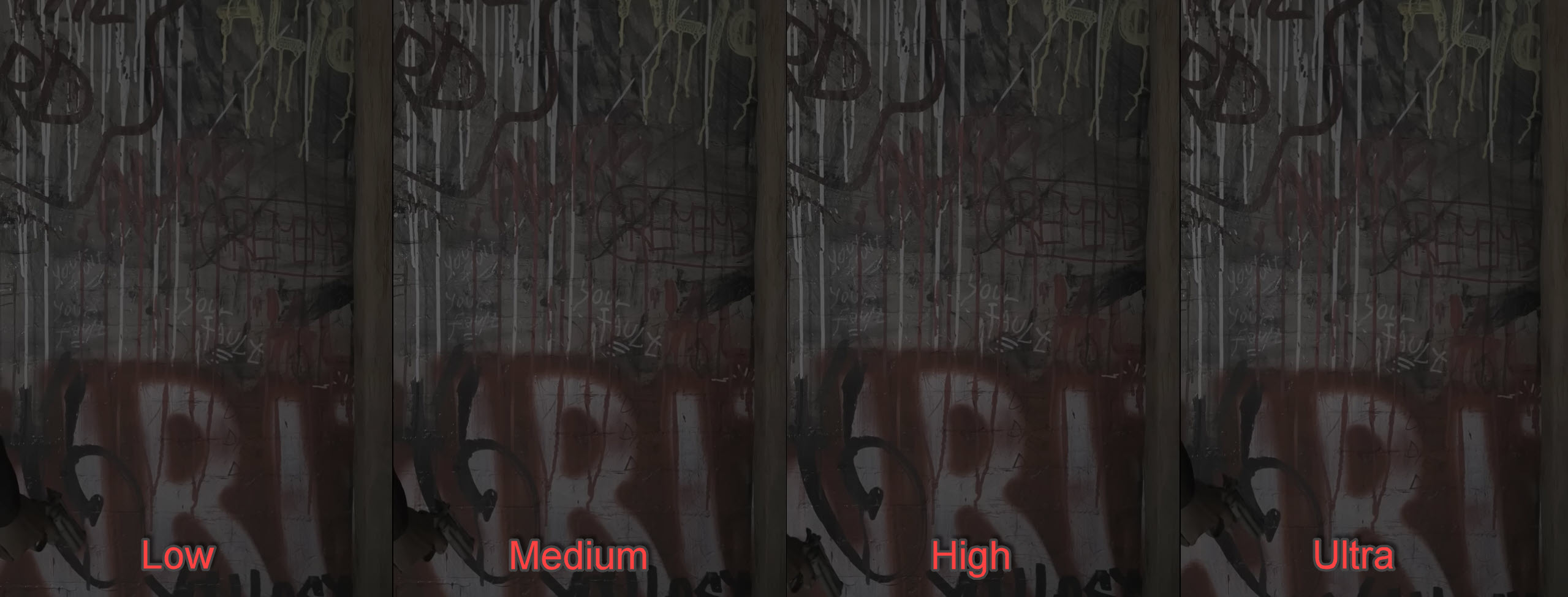
Texture Filtering (High): High texture filtering maintains better texture quality at oblique angles, giving PC players a visual advantage over the PS5.
Volumetric Lighting (Low): Even at “Low” settings, PC players can maintain good lighting and shadow effects, all while improving performance.
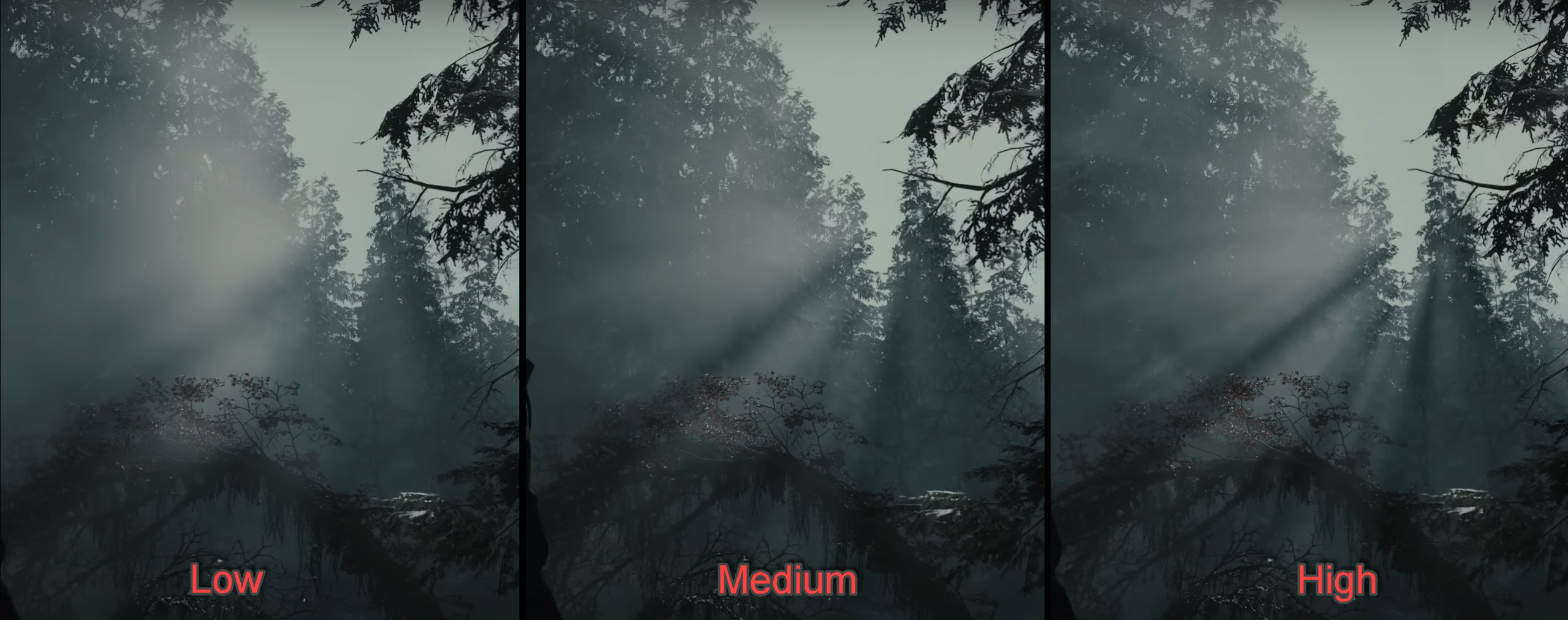
Volumetric Spotlight (Low): Lowering volumetric spotlight quality on a PC still delivers satisfying lighting effects.
Global Illumination (Medium): The “Medium” setting for global illumination allows for realistic lighting without a significant performance trade-off, offering a comparable experience to the PS5.

Shadow Resolution (Low): “Low” shadow resolution balances shadow quality and performance, offering smooth visuals.
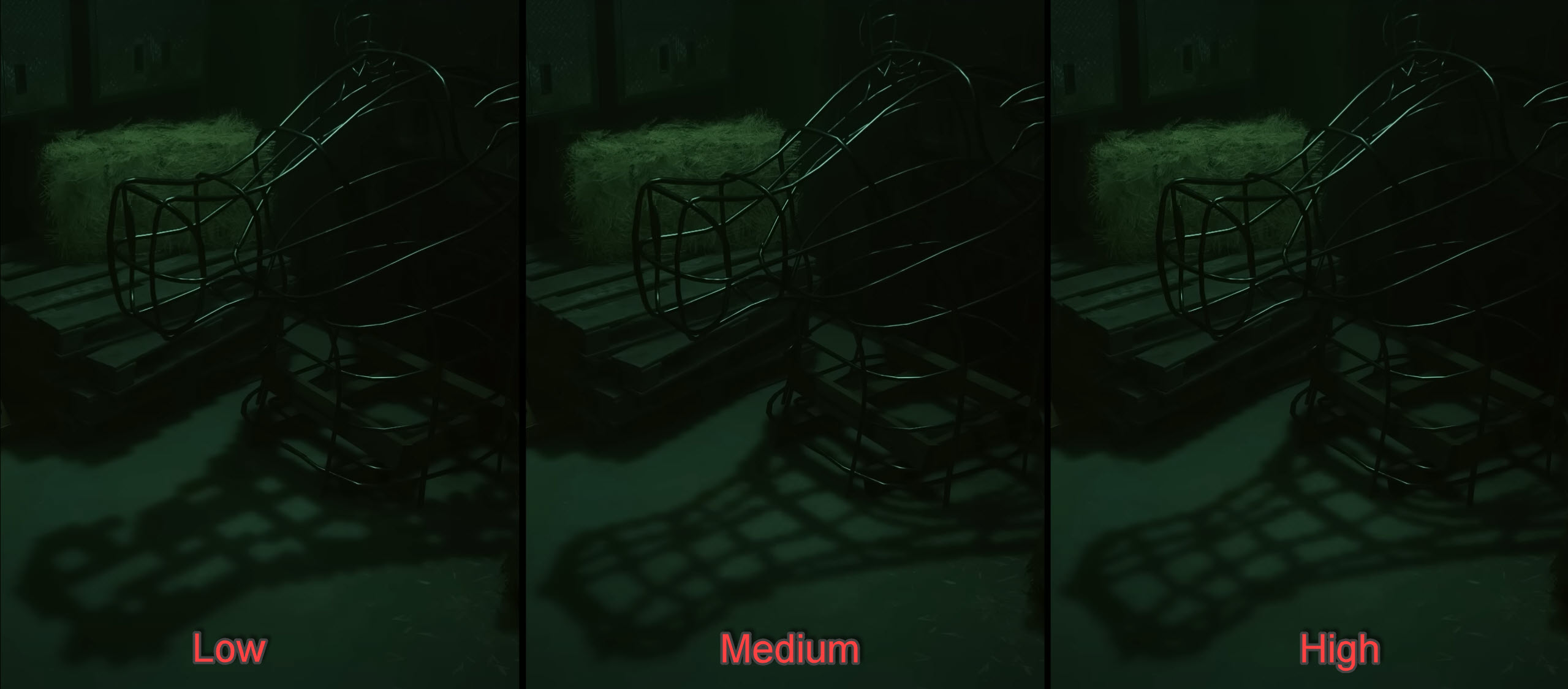
Shadow Filtering (Medium): The “Medium” shadow filtering maintains acceptable shadow quality on the PC.
Shadow Detail (Medium): With “Medium” shadow detail, PC players enjoy a high level of detail without compromising performance.
Screen Space Ambient Occlusion (Enabled): Enabled ambient occlusion enhances lighting and shadows on a PC, mirroring the PS5’s visual quality without a major impact on performance.
Global Reflections (Low): Reducing global reflections to “Low” aligns PC performance with the PS5’s capabilities while preserving important reflection features.
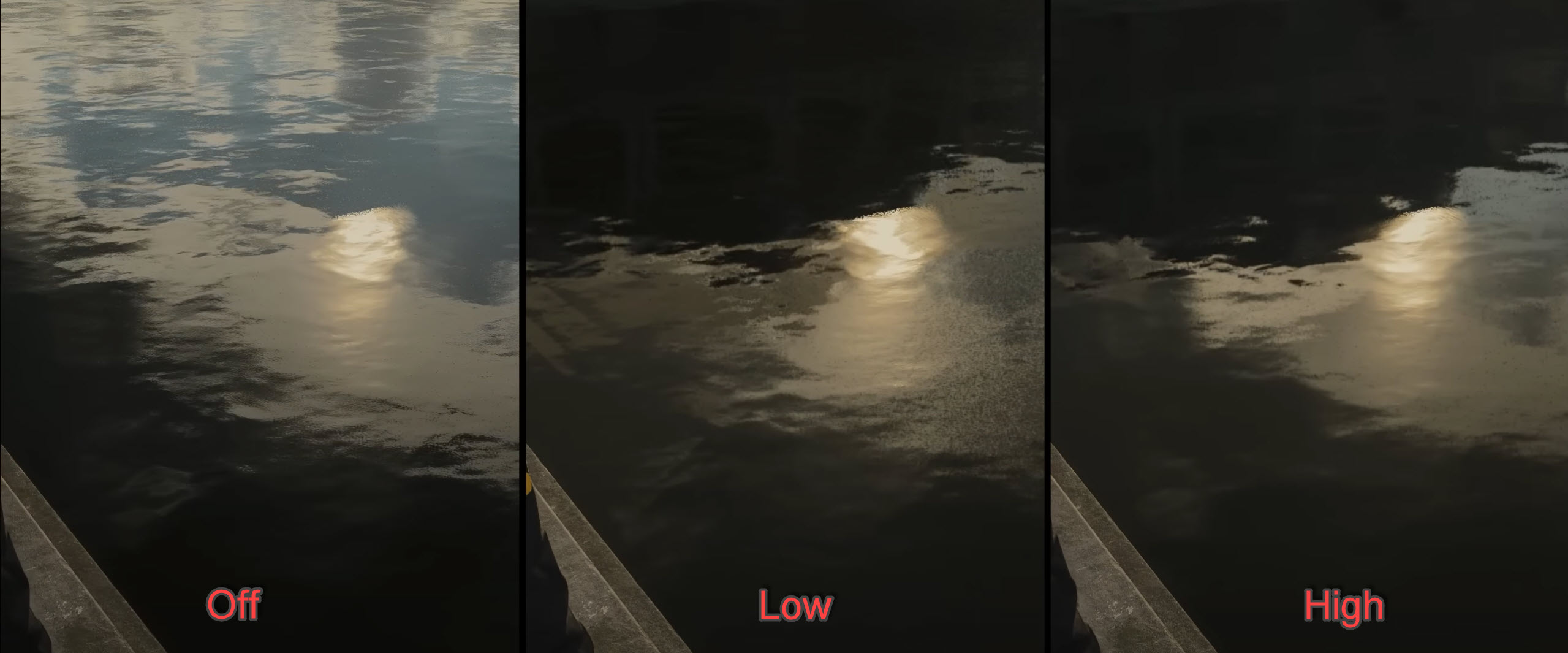
Screen Space Reflections (Low): “Low” screen space reflections offer acceptable quality while ensuring a better gameplay experience.

Fog Quality (Medium): Keeping fog quality at “Medium” provides atmospheric effects without compromising performance.
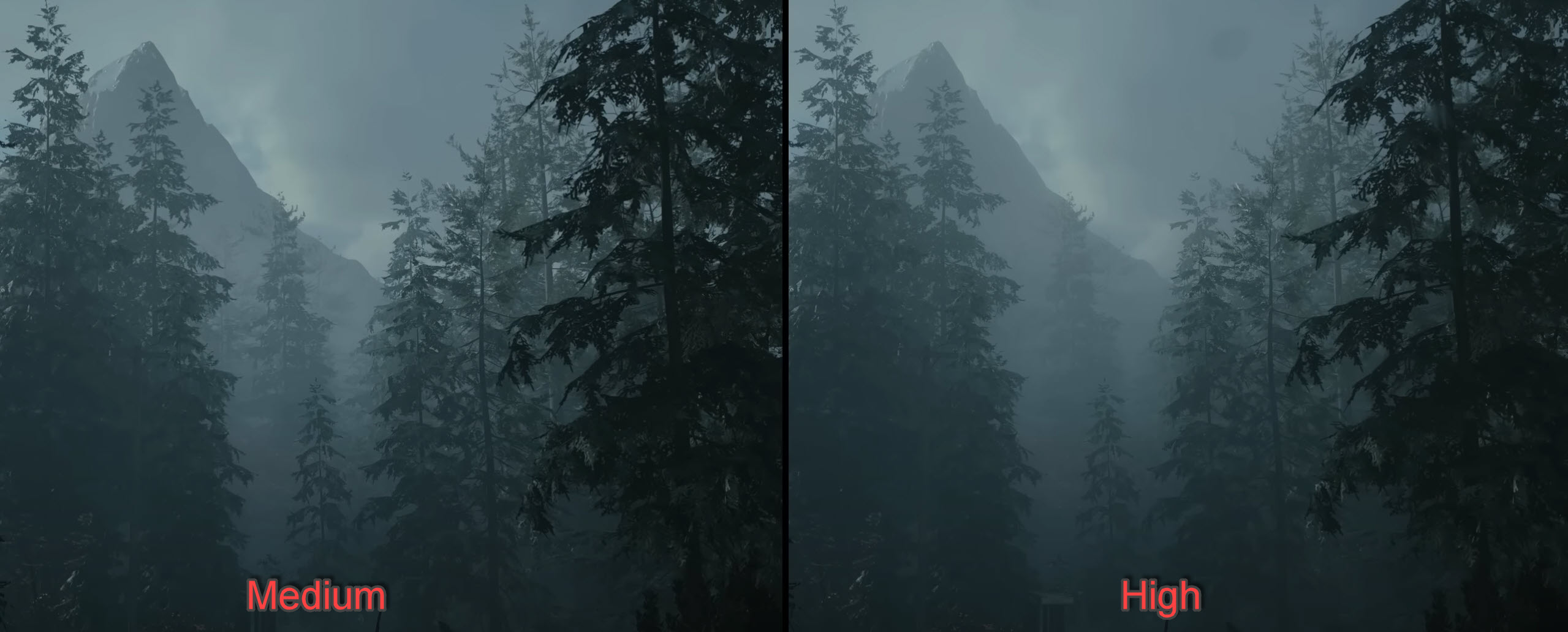
Terrain Quality (Medium): “Medium” terrain quality on a PC offers a similar level of landscape detail to the PS5, maintaining visual fidelity.
Far Object Detail (LOD) (Medium): The “Medium” setting for far object detail on a PC ensures distant objects look good without overloading the GPU, similar to the PS5.
Scattered Object Density (Medium): A “Medium” setting for scattered object density delivers a comparable visual experience to the PS5, balancing visual density and performance.
Did You Boost The Game’s Performance?
To wrap it up, after some testing, I’ve figured out the ideal settings for playing Alan Wake 2. Considering the photorealistic quality of Alan Wake 2 visuals, I doubt even turning most settings to low would degrade it. I was consistently getting 65-70 FPS with these settings and DLSS set to quality. The game also performs great on PS5 according to our Alan Wake 2 reviewer, Huzaifa Durrani.
It’s all about adjusting the graphics and display options to have a smooth and nice-looking gaming experience, mostly similar to PS5, and giving more FPS. If you have any helpful suggestions for improving these settings, please share them in the comments section below.
To further optimize Alan Wake 2’s performance, I recommend that you check out these guides:
Thanks! Do share your feedback with us. ⚡
How can we make this post better? Your help would be appreciated. ✍


